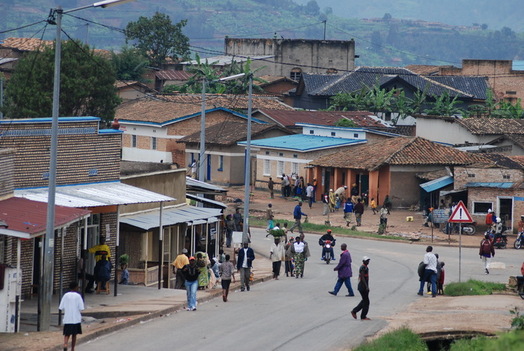
Bordered by Uganda to the north, Tanzania to the east, Burundi to the south, and the Democratic Republic of the Congo to the west, Rwanda is a wonder of nature with its forests and approximately 10 million population. The country came to the world’s attention with the genocide that took place in the country in 1994. Just in the first 100 days of the massacre which began on April 6 and lasted for 1.5 years, one million Tutsis and moderate Hutus were killed by Hutus.
There was an artificial ethnic hostility fomented by the western countries behind the genocide. The Germans and then Belgians, which ruled Rwanda respectively, divided the country and created artificial borders and ethnic groups. People were divided into groups according to their level of richness and features and although lived in peace for centuries, they were classified as Hutus and Tutsis.
Tension escalated between Hutus and Tutsis as the Belgian administration pursued policies which favored Tutsis triggering anger from Hutus. Around one millions Tutsis and moderate Hutus were massacred within 100 days by Hutus before the very eyes of the United Nations, France and Belgium in April 1994.
Courts were established under trees in Rwanda following the massacre. Local courts ruled to imprison 130.000 people who were involved in the genocide. The United Nations which kept its silence during the genocide established a war crimes tribunal in Tanzania.
In 1998, the International Criminal Tribunal for Rwanda made the landmark decisions that war rape in Rwanda was an element of the crime of genocide.
The International Criminal Tribunal for Rwanda continues trials of those who were involved in the genocide; however, countries such as France, Belgium and the United States that played a role in the perpetration of the genocide cannot be tried by the court because it has no authority to do so.